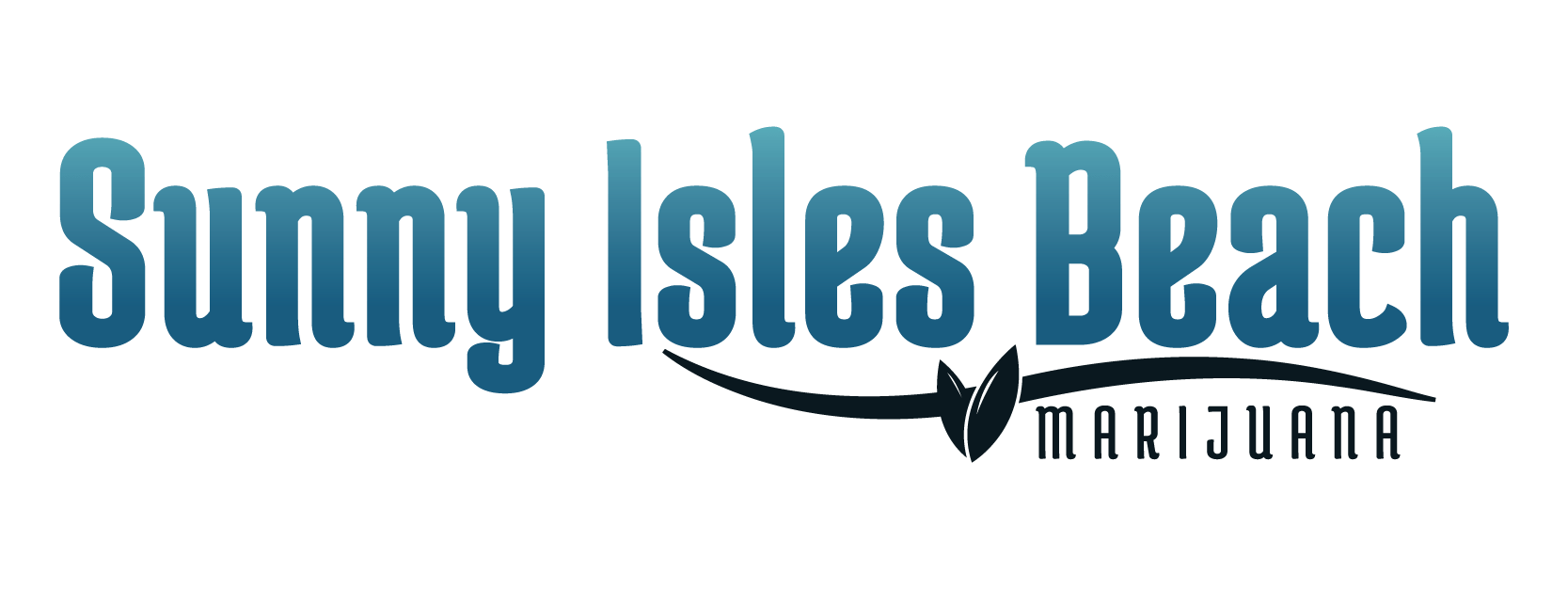South Florida’s cannabis future sits at a crossroads. Florida voters narrowly rejected adult-use legalization in November 2024, with the proposal earning a majority but falling short of the 60% supermajority required for constitutional amendments—an outcome that rattled cannabis stocks and cooled near-term hopes for retail beyond medical channels.
Momentum, however, has shifted rather than vanished. Advocates relaunched a 2026 citizen initiative; as of August 1, 2025, organizers reported surpassing three-quarters of the signatures needed for ballot placement. The push comes despite a new Florida law that tightens petition rules—now being challenged in federal court—which could raise costs and slow collection but has not stopped signature gathering.
Federal policy could shape the runway but will not substitute for a Florida vote. Rescheduling cannabis to Schedule III—now the focus of intensified discussion—would not legalize state markets, enable interstate commerce, or override local prohibitions. But it would likely remove the punishing IRS 280E tax burden, allowing state-licensed operators to take ordinary business deductions and reinvest in prices, payroll, and storefront upgrades across Miami-Dade. In short: rescheduling is a balance-sheet event, not a green light for recreational sales.
Meanwhile, the medical program remains enormous—and maturing. In its August 15, 2025 weekly update, Florida’s Office of Medical Marijuana Use reported 922,769 active patients and 728 dispensing locations statewide, with multistate operators such as Trulieve, Curaleaf, and MÜV anchoring South Florida’s retail map. Growth has cooled from earlier breakneck years, signaling saturation and normalized buying patterns rather than retreat—pressure that tends to improve menus, lab standards, and pricing for consumers in Sunny Isles Beach and beyond.
If voters approve adult-use in 2026, analysts still expect one of the nation’s largest new markets. Headset’s modeling before the 2024 vote projected $4.9–$6.1 billion in first-year adult-use sales—still a useful proxy for latent demand given Florida’s population and tourism base. Where would shops go? Expect clustering in compliant corridors, not blanket coverage of every beach town. State law lets cities ban dispensaries outright or regulate them as strictly as pharmacies; Miami-Dade’s framework and Miami Beach’s distance buffers around schools and between outlets suggest adult-use storefronts would concentrate in a finite number of zones. Sunny Isles Beach will operate within that playbook, balancing access with local land-use expectations.
Near-term enforcement won’t change dramatically. Miami-Dade’s civil-citation policy lets officers issue $100 tickets for small-quantity possession in lieu of arrest, but Florida still lacks statewide decriminalization; non-medical possession and public use can trigger criminal charges, especially outside civil-citation jurisdictions. For visitors and locals, the practical advice is the same: assume medical rules remain the law until voters say otherwise.
So, will recreational use finally open up—and will the industry keep expanding? The most probable near-term path is incremental: steady medical sales, sharper competition on quality and convenience, and potential price relief if Schedule III erases 280E. The decisive catalyst is political. A successful 2026 ballot push would flip the market into a higher gear almost overnight; failure would prolong today’s measured growth curve—but won’t halt the slow mainstreaming of cannabis across South Florida’s mainstream economy, including Sunny Isles Beach.
